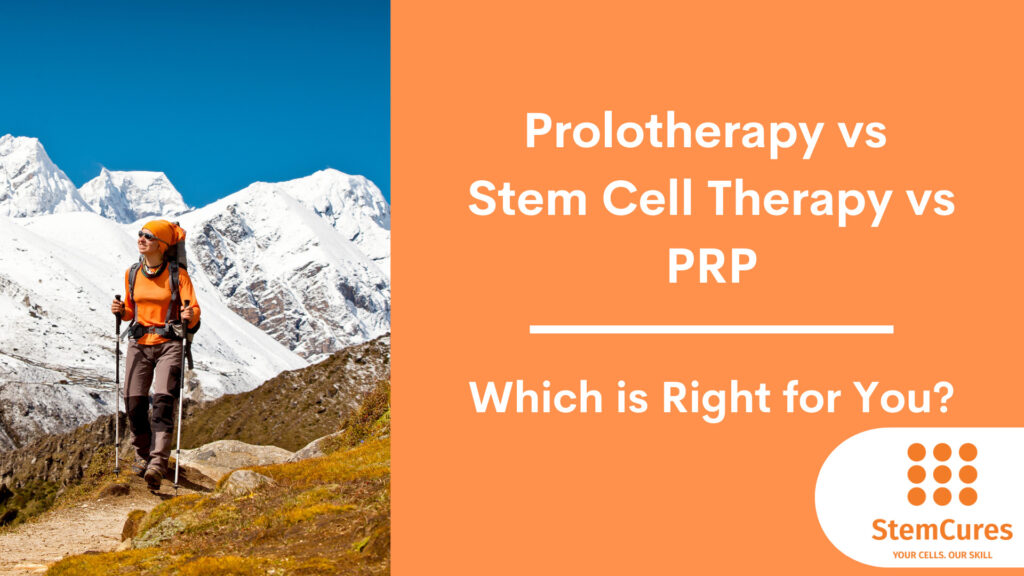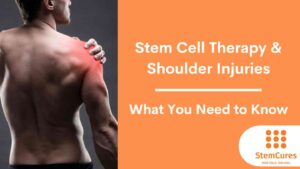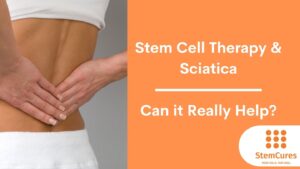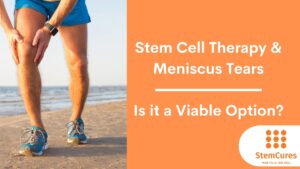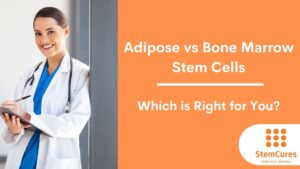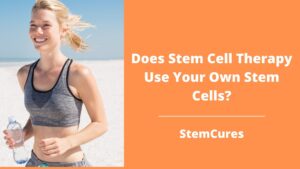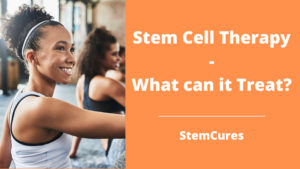Differences between Prolotherapy, Stem Cell Therapy, and PRP
When it comes to regenerative medicine, there are several treatment options available. Among these, prolotherapy, stem cell therapy, and PRP therapy have gained significant attention for their potential in promoting healing and providing relief from various conditions. While they all fall under the umbrella of regenerative medicine, there are distinct differences in their mechanisms, applications, and effectiveness. This article aims to shed light on the differences between prolotherapy, stem cell therapy, and PRP therapy, helping you better understand these treatment options and make an informed decision about which may be suitable for your needs.
Understanding Prolotherapy
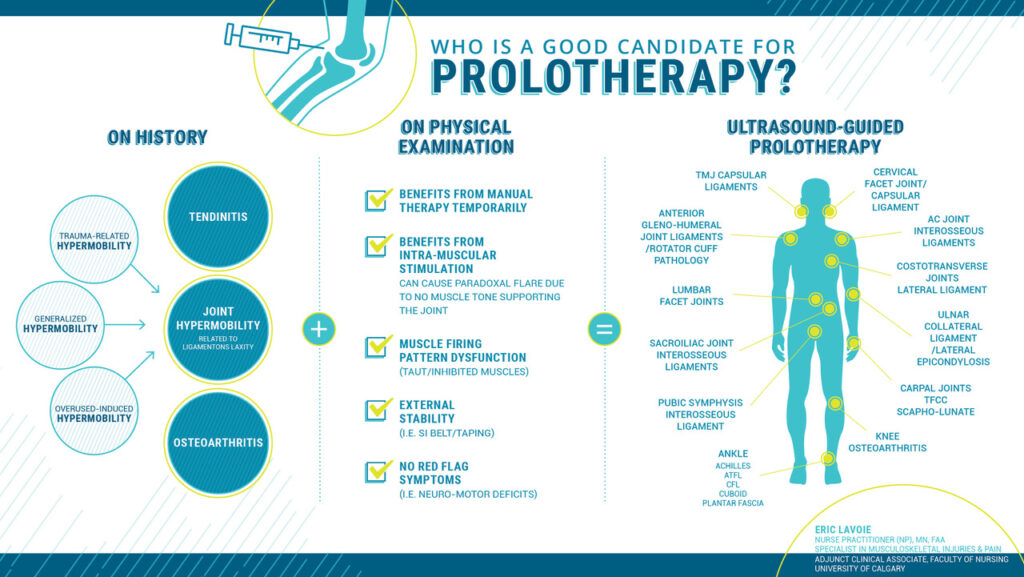
What is prolotherapy?
Prolotherapy, also known as proliferation therapy or regenerative injection therapy, is a non-surgical treatment aimed at stimulating the body’s natural healing processes. It involves injecting a solution, typically containing a local anesthetic and a proliferate substance, into damaged or weakened ligaments, tendons, or joints.
How does prolotherapy work?
The solution injected during prolotherapy irritates the affected tissues, triggering a controlled inflammatory response. This process stimulates the body’s healing mechanisms, promoting the growth of new, stronger connective tissue and reducing pain. Prolotherapy injections are typically administered in a series of treatments to achieve optimal results.
Conditions treated with prolotherapy
Prolotherapy is commonly used to treat conditions such as osteoarthritis, chronic pain, ligament or tendon injuries, joint instability, and back pain. It has also shown promising results in addressing musculoskeletal issues and promoting tissue repair.
Exploring Stem Cell Therapy
What is stem cell therapy?
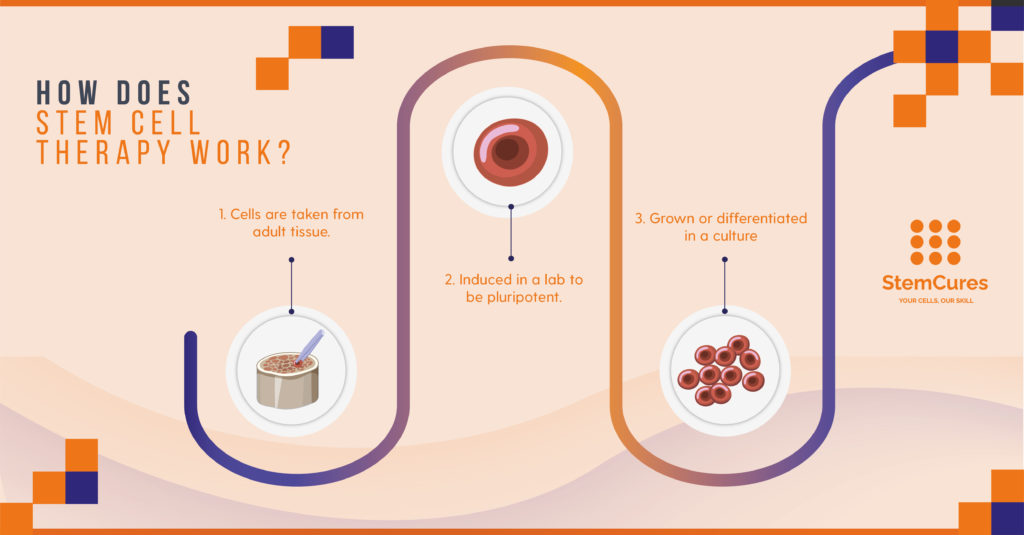
Stem cell therapy utilizes the body’s own stem cells or those obtained from other sources to repair, regenerate, or replace damaged cells, tissues, or organs. Stem cells are undifferentiated cells capable of differentiating into various cell types and have the potential to promote healing and tissue regeneration.
How does stem cell therapy work?
In stem cell therapy, stem cells are harvested from the patient’s bone marrow, adipose tissue, or other sources. These cells are then processed and prepared for injection into the targeted area. Once injected, the stem cells promote tissue repair by differentiating into specialized cells, releasing growth factors, and stimulating the body’s natural regenerative processes.
Conditions treated with stem cell therapy
Stem cell therapy has shown promise in treating a wide range of conditions, including degenerative joint diseases, sports injuries, autoimmune disorders, cardiovascular diseases, and neurodegenerative disorders. It offers potential benefits for tissue repair and regeneration in various parts of the body.
Analyzing PRP (Platelet-Rich Plasma) Therapy
What is PRP therapy?
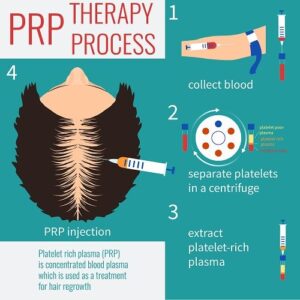
PRP therapy involves the extraction and concentration of platelets from the patient’s blood to create a solution rich in growth factors and other bioactive proteins. This platelet-rich plasma is then injected into the targeted area to stimulate healing and tissue regeneration.
How does PRP therapy work?
During PRP therapy, a small amount of blood is drawn from the patient. The blood is then processed using a centrifuge to separate the platelets and plasma from other blood components. The resulting platelet-rich plasma is collected and prepared for injection.
When the PRP is injected into the injured or damaged tissue, it releases growth factors that promote cell proliferation, angiogenesis (the formation of new blood vessels), and tissue regeneration. These growth factors aid in the healing process by attracting stem cells and stimulating the production of collagen and other important proteins.
Conditions treated with PRP therapy
PRP therapy has been used to treat a variety of conditions, including tendon and ligament injuries, osteoarthritis, chronic pain, muscle strains, and even hair loss. It is particularly effective in areas with poor blood supply, as the concentrated platelets provide a higher concentration of growth factors to stimulate healing.
Looking at the Differences Between Prolotherapy, Stem Cell Therapy, and PRP Therapy
When considering the differences between prolotherapy, stem cell therapy, and PRP therapy, there are several factors to compare and consider.
Effectiveness
Prolotherapy, stem cell therapy, and PRP therapy have all shown positive results in promoting healing and relieving pain. However, the effectiveness may vary depending on the specific condition being treated. Prolotherapy is particularly effective for ligament and tendon injuries, while stem cell therapy and PRP therapy offer more extensive regenerative potential for a wider range of conditions.
Safety
All three therapies are generally considered safe, as they utilize the patient’s own biological components. However, it’s important to consult with a qualified healthcare professional to ensure the treatment is appropriate for your specific situation. Risks associated with these therapies are typically minimal and include temporary pain at the injection site or possible infection.
Cost
The cost of prolotherapy, stem cell therapy, and PRP therapy can vary depending on several factors, such as the number of treatments required, the location, and the healthcare provider. Generally, stem cell therapy tends to be the most expensive, as it involves the extraction and processing of stem cells. PRP therapy and prolotherapy are usually more affordable options.
Recovery time
The recovery time can also vary among the different therapies. Prolotherapy and PRP therapy generally have shorter recovery periods, with patients often experiencing immediate improvements and minimal downtime. Stem cell therapy may require a longer recovery period, as it involves the regeneration of tissues and cells. It’s important to discuss the expected recovery time with your healthcare provider.
Choosing the Right Option Based on the Differences between Prolotherapy, Stem Cell Therapy, and PRP
Choosing the right treatment option among prolotherapy, stem cell therapy, and PRP therapy depends on several factors, including the specific condition being treated, the severity of the injury, and individual preferences. Consulting with a qualified healthcare professional who specializes in regenerative medicine is crucial to determine the most suitable treatment option for your needs.
It’s important to consider the potential benefits, risks, effectiveness, and cost of each treatment option. Your healthcare provider can evaluate your condition and provide personalized recommendations based on your unique circumstances.
Conclusion
In summary, the differences between prolotherapy, stem cell therapy, and PRP therapy are distinct regenerative medicine treatments with their own mechanisms, applications, and effectiveness. Prolotherapy focuses on stimulating the body’s natural healing processes through injections, while stem cell therapy utilizes the regenerative potential of stem cells, and PRP therapy harnesses the power of platelets and growth factors. Each therapy has its own advantages and is suitable for different conditions.
Prolotherapy is an effective option for ligament and tendon injuries, providing pain relief and promoting tissue repair. Stem cell therapy offers a broader range of applications, making it suitable for conditions such as joint diseases, autoimmune disorders, and neurodegenerative diseases. PRP therapy is beneficial for various musculoskeletal conditions, hair loss, and soft tissue injuries.
When making a decision, it is important to weigh factors such as effectiveness, safety, cost, and recovery time. Discussing your specific condition and goals with a healthcare professional specializing in regenerative medicine will help you make an informed choice.
Remember that these treatments should always be performed by qualified professionals in a medical setting. While they have shown promising results, individual experiences may vary, and it is important to follow your healthcare provider’s guidance throughout the treatment process.

